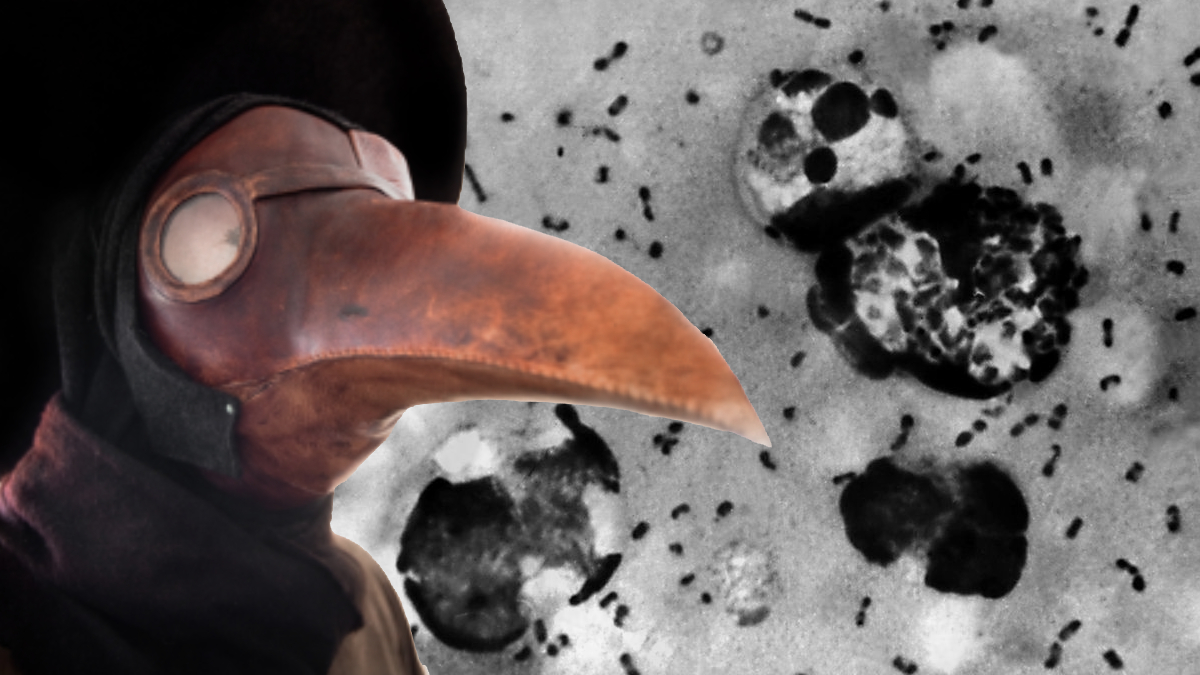
Carreon relinquishes presidency
July 27, 2020
Beijing cracks down on Hong Kong
July 30, 2020Cases of bubonic plague increase in China

BAYANNUR, Inner Mongolia China — The city was on high alert after a herdsman was confirmed to be infected on July 5 with bubonic plague — a disease that has persisted centuries after it caused one of the most deadly pandemics in human history.
Local authorities have put control measures by placing the community on Level 3 alert in plague prevention, the second lowest in a four-level system.
The patient is being isolated and treated in a hospital, and is now in stable condition. People who had contact with the plague carrier are receiving treatment in isolation areas.
Residents were informed of the potential risk that the disease might cause. Authorities warned the public to avoid activities such as hunting or eating probably infected animals and report incidents that are related to the bubonic plague.
The World Health Organization (WHO) states that they carefully monitor the situation, but they are not considering it as high risk.
Another case was found in Gobi-Altai, Mongolia, after a 15-year-old boy ate marmot meat and died due to the disease.
There were also two confirmed cases in Khovd province in Western Mongolia. A resident and his brother got the disease also from consuming marmot meat.
Meanwhile in Morrison, Colorado, a dead squirrel was also found positive for the bubonic plague. Public officials advised people, especially pet owners, to apply simple precautions to keep the risk from transmitting.
The plague is caused by a bacteria called yersinia pestis which can be formed in three ways — septicemic plague, pneumonic plague, and the bubonic plague, which caused millions of deaths in the middle ages around the world, also known as the Black Death pandemic.
The bubonic plague is usually transmitted to humans through bites of infected fleas and direct contact with infected animals. Swollen lymph nodes and pains are usual symptoms that will appear two to six days after getting infected. They may also experience fever, headache, chills, cough and fatigue.
The existence of the disease is still relevant up to this time. As reported by WHO, there are about 1,000 to 2,000 cases of the plague reported every year in many parts of the world.
The plague vaccine is yet to be available, but it can be cured with the use of antibiotics, according to the Center for Disease Control and Prevention or CDC.
Once a person has been diagnosed with suspected plague, the treatment should begin as soon as possible to prevent higher risk. If treatment is not received within 24 hours from when the symptoms were observed, the risk for death increases.
The re-emergence of the Black Death became a big serious trend worldwide as China reported a case. This is because of the fear of the possibility of it becoming a pandemic alike to COVID-19 , which also originated in China.
LAYOUT BY: Cristine Joie Q. Bacud
PHOTO SOURCE(S): The Scientist Magazine, getty images


